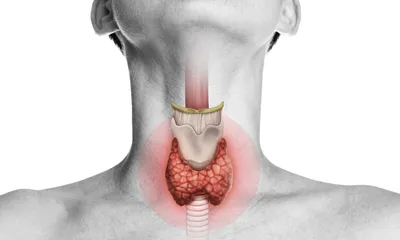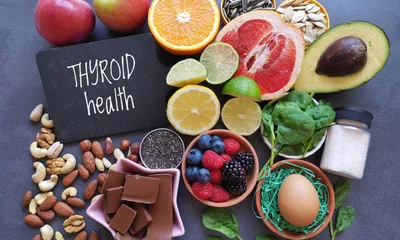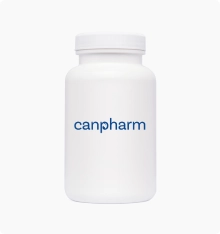COPD
-
Description
-
Signs & Symptoms
-
Anatomy
-
Cause
-
Diagnosis
What is COPD?
Chronic obstructive pulmonary disorder (COPD) is a lung disease that restricts a person’s ability to breathe and worsens over time. Breathing difficulties with COPD result from airflow into the lungs being obstructed due to contributing respiratory conditions, with chronic bronchitis and emphysema being the most common. With COPD from chronic bronchitis, the lining of the bronchial tubes into the lungs is constantly inflamed and swollen, narrowing the tubes and reducing airflow.
With COPD resulting from emphysema, the alveoli at the ends of bronchioles are destroyed due to exposure to harmful substances, leading to improper lung function. COPD is treatable, and sufferers can often breathe more easily and participate in daily life with proper treatment.
What Causes COPD?
Most people develop COPD after the age of 40, with cigarette smoking being the primary cause. Asthmatics who smoke are at even greater risk. Long-term exposure to chemicals, fumes, air pollution, or excessive dust inhalation can also lead to COPD.
Additionally, a genetic predisposition can contribute to COPD. A deficiency in the alpha-1 antitrypsin protein, which may be inherited, can increase susceptibility to this condition.
COPD Symptoms
Breathing difficulties and wheezing are the primary symptoms of COPD, but they may not appear initially. Early-stage symptoms include shortness of breath (especially after physical exertion), a mild recurring cough, and a frequent need to clear the throat upon waking in the morning.
As COPD progresses, symptoms worsen, including more intense and frequent shortness of breath, wheezing when exhaling, chest tightness, chronic cough with mucus, and a lack of energy. Fatigue, weight loss, and swelling in the feet, legs, and ankles may also occur if COPD is left untreated.
COPD Treatment
The most conventional approach for COPD treatment is to use bronchodilators like Foradil or Atrovent, typically administered via an inhaler to deliver medication directly to the lungs. Oral medications such as Theophylline may also be prescribed to ease chest tightness and shortness of breath.
Treatment may include oxygen therapy, where patients receive supplemental oxygen through a mask or nasal cannula to assist with breathing. Oxygen therapy is administered in a clinical setting under medical supervision.
For severe COPD caused by emphysema, a surgical procedure called a bullectomy may be necessary. This involves removing large abnormal air spaces (bullae) from the lungs to provide relief.
Signs & Symptoms
- Shortness of breath
- Wheezing
- Chest tightness
- Chronic cough (with or without mucus)
- Fatigue
- Frequent throat clearing
- Weight loss
- Swelling in feet, legs, or ankles
Anatomy
- Lungs
- Bronchi
- Bronchioles
- Alveoli
- Diaphragm
- Airways
Cause
- Cigarette smoking
- Asthma (with smoking)
- Exposure to chemicals or fumes
- Air pollution
- Excessive dust inhalation
- Genetic predisposition
- Alpha-1 antitrypsin deficiency
Diagnosis
- Pulmonary function tests (spirometry)
- Chest X-ray
- CT scan
- Arterial blood gas analysis
- Alpha-1 antitrypsin deficiency test
- Medical history review
- Physical examination



